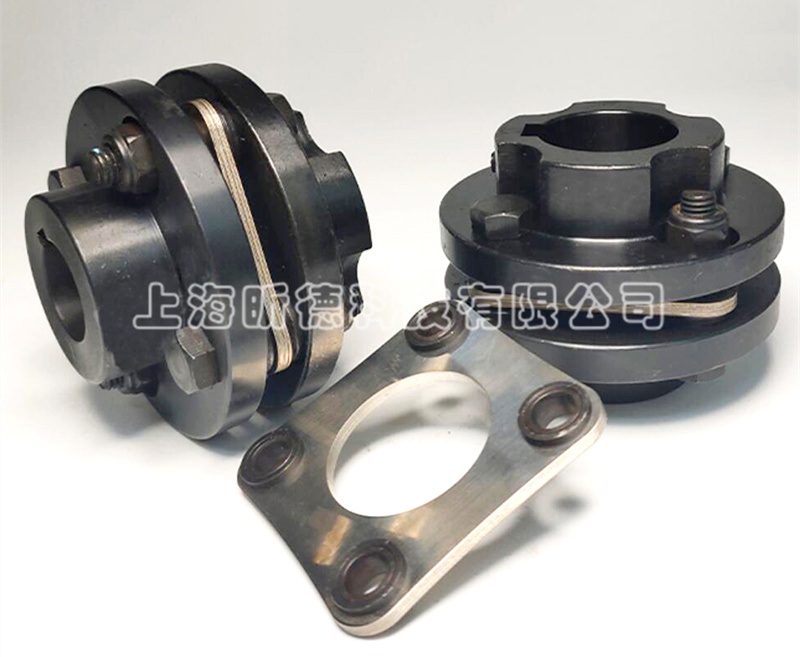During the actual maintenance process of diaphragm couplings, maintenance personnel often fall into certain misconceptions regarding their care and upkeep. For instance, neglecting regular inspections, improper alignment adjustments, and incorrect lubrication, among others. These misconceptions not only affect the service life of diaphragm couplings but may also cause incalculable losses to the entire production process. Today, Xinde will guide you through an in-depth discussion of the four critical misconceptions that must be avoided when maintaining and servicing diaphragm couplings.

Neglecting Regular Inspections and Tightening
After prolonged operation of diaphragm couplings, the connecting bolts and nuts may become loose. Many maintenance personnel might think that as long as the equipment is functioning, there's no need to worry about it. However, this neglect often leads to more significant problems. Loose bolts and nuts not only affect the coupling's transmission efficiency but may also cause vibrations and noise, and in severe cases, even lead to equipment damage. Therefore, regularly inspecting and tightening the connecting bolts and nuts is a fundamental aspect of diaphragm coupling maintenance.
Overlooking Inspection and Replacement of Diaphragm Assemblies
The diaphragm assembly is the core component of a diaphragm coupling, and its condition directly impacts the coupling's performance. However, during maintenance, many personnel often focus solely on the external cleaning and lubrication of the coupling while neglecting the inspection of the diaphragm assembly. If the diaphragm assembly exhibits defects such as dents, cracks, or excessive permanent deformation, it should be promptly replaced. Otherwise, these defects may cause the diaphragm to fracture, thereby affecting the stability of the entire drive system. Therefore, during maintenance, it is essential to carefully observe the condition of the diaphragm assembly and replace it promptly if any issues are detected.
Misconceptions About Alignment Adjustments
Diaphragm couplings require precise alignment adjustments during installation to ensure the coaxiality of the two shafts. However, during equipment operation, due to various reasons (such as foundation settlement, bearing wear, etc.), the alignment of the unit shafts may change. If alignment adjustments are neglected, it may cause the coupling to bear additional stress, accelerating wear and damage. Therefore, regularly inspecting the alignment of the unit shafts and making adjustments as needed is a crucial aspect of diaphragm coupling maintenance.
Misconceptions About Improper Lubrication
Although diaphragm couplings themselves do not require lubrication, to prevent fretting wear of the diaphragms during high-speed operation, an appropriate amount of solid lubricant (such as molybdenum disulfide) can be applied between the diaphragms. In practice, many maintenance personnel may overlook this point or apply lubricant incorrectly (such as using too much or too little). Improper lubrication not only fails to provide the necessary protection but may also cause other issues (such as lubricant contamination, diaphragm slippage, etc.). Therefore, during maintenance, it is essential to apply the lubricant correctly according to requirements.

Having said all this, do you now have a more comprehensive understanding of the maintenance and upkeep of diaphragm couplings? In fact, maintaining and servicing diaphragm couplings is not difficult; the key is to be meticulous, patient, and responsible. As long as you avoid these common misconceptions and follow the specifications for operation and maintenance, you can enable diaphragm couplings to better serve the production process! Therefore, please pay extra attention during your daily maintenance work!
Contact: Tina Lau
Phone: 13371933299
Tel: 021-34150570
Email: 13371933299@126.com
Add: No.388,Doushi road,Zhuanqiao town,Minhang district, Shanghai

